Join More Than 50,000+ Subscribers and get latest camera news and rumors
NEW CAMERA VIDEOS ON YOUTUBE
|
By admin, on February 23rd, 2023
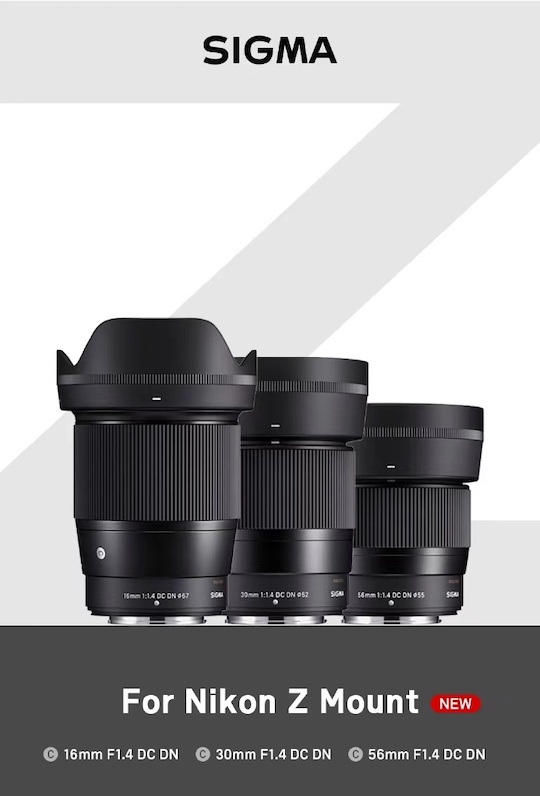
Finally, we have the sigma lenses we were waiting for, the Sigma TRIO Lenses for the Native Z Mount, the Lens covers range from 16mm, 30mm and 56mm, the good thing is all these three lenses have rubber sealing that act as a weather-sealed coating over the lenses. And as usual, finally, DX users have some High-Quality Primes to choose from, unlike Canon RF APS-C users still in drought areas due to Canon’s locked mount policy.
Get Your Sigma Lens for Nikon Z Mount DX Camera
Sigma 16mm B&H Store
Sigma 30mm B&H Store
Sigma 56mm B&HStore
The most awaited lens is Sigma 16mm F1.4, before this lens content creators were limited to Viltrox 13mm F1.4, but now they have one more option, for a portrait I recommend the Sigma 30mm F1.4 and if you own a studio and have a large working space then only get the 56mm F1.4.
These lenses are already available in five mounts, including Sony E-mount, Canon EF-M mount, FUJIFILM X Mount, Micro Four Thirds mount, and L-Mount.
Get LIVE RUMORS –> FACEBOOK | TWITTER | INSTAGRAM to get live news + Canon rumors 24X7
By admin, on February 21st, 2023

According to the latest rumors, Sony will soon announce Sony ZV-FE100 full-frame Mirrorless camera for vlogging. The camera will shoot 4k 60fps video, 10 Bit internal recording, Slog3 Support, and also includes IBIS + Gyro Support. The camera announcement is expected sometime in March-April of 2023.
These are the initial set of information coming from new sources take it with a grain of salt.
Follow us on our social pages FACEBOOK | TWITTER | INSTAGRAM, If you have time –>see more Sony Alpha Rumor
source SARwebsite
By admin, on February 21st, 2023
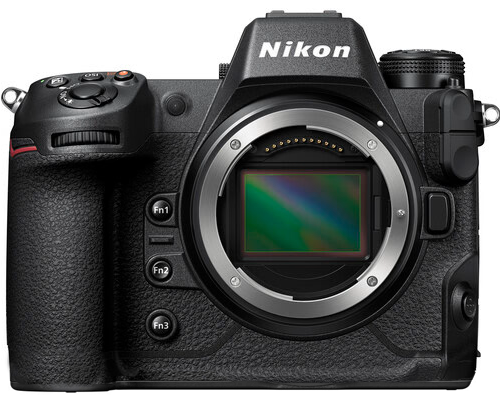
According to the latest rumors from the Rumor mill, Nikon plans to announce Nikon Z8 and Nikon Z6 mark III cameras in March of 2023. Look at the information shared by the subscriber of the rumor mill.
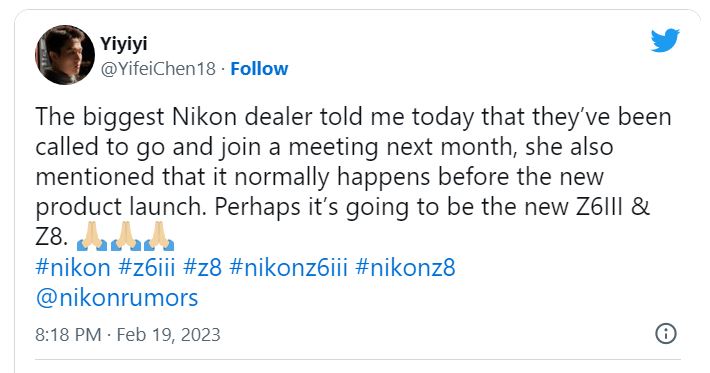
We have to take it with a grain of salt and wait for more confirmation. But, at the same time just like I am really very excited about the Nikon Z8 camera.
TNC takes
Yes, we do belive that Nikon will announce Nikon Z8 soon, and we also believe that Nikon Z6 III may also arrive with Z8 or after a month or two. The time frame that we have received from an Asian source is from March to Aug of 2023, Nikon will do all its major 2023 camera announcements during this time period.
We can relate the announcement pattern with Canon, as they only announced Canon R6 Mark II and postponed the update of the Canon R5 Mark II. In a similar fashion, we will have only Z6 III this year along with the Nikon Z8. And after the announcement of the Nikon Z8, Canon will bring out Canon R5 Mark II in the month of Aug-Sep to splash out the market of Nikon Z8.
Check out previous rumors related to Nikon Z8
Also, see
Nikon Z8 – High-Resolution Sample Image Accidentally Leaked by Nikon China [Rumor]
Nikon Z8 is being used by….
Stay tuned more details coming…
Follow us on our social pages FACEBOOK | TWITTER | INSTAGRAM to get live news + Nikon Rumors 24X7
Source – Nikonrumor
By admin, on February 20th, 2023
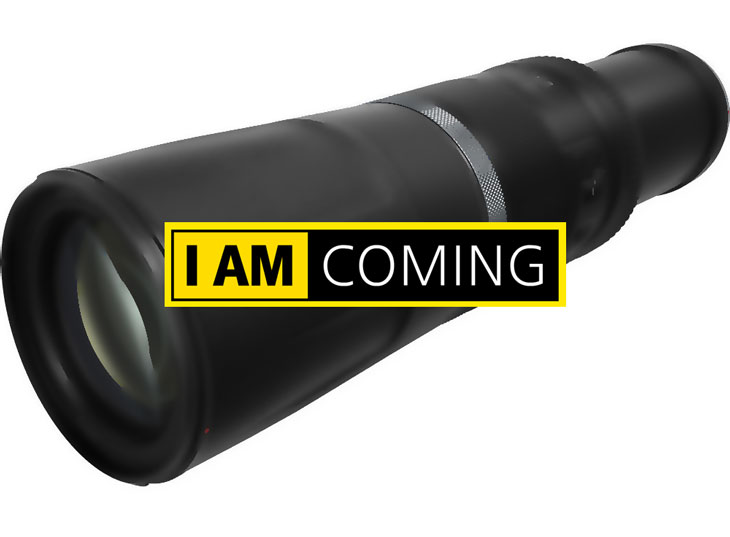
Canon already has super affordable lenses like 60mm F11 and 800mm F11, these super affordable lenses were built using a Multi-layer Diffractive Optical Element that enables a lens to be made considerably smaller than traditional lens construction.
Now Nikon is in the mood to use the same tech and build affordable telephoto prime lenses like or even better than Canon. Japanese website digicameinfo spotted patents that reveal Nikon’s future plans. These are Nikon’s Telephotoprime DO lenses, All these Lenses are published as patents.
Nikon Upcoming Lenses
1. 600mm f/5.6,
2. 1000mm f/8, and
3. 400mm f/4.5
As per my previous experience, if the Nikon R&D team patents for approval then it will take roughly two years of time to make them as real products. So, we can expect the arrival of these lenses sometimes at the end of 2024 or in mid of 2025.
More Patent Details
- Applicant: Nikon Corporation
Publication number: P2023023323
Application number: P 2021128741
Publication date: 2023-02-16
Title of the invention: Optical system and optical equipment
- An optical system and an optical apparatus having good imaging performance are provided.
- Conventionally, a miniaturized optical system using a diffractive optical element has been proposed (see Patent Document 1, for example). However, Patent Document 1 has a problem that further improvement in optical performance is demanded. Preferred embodiments are described below with reference to the drawings.
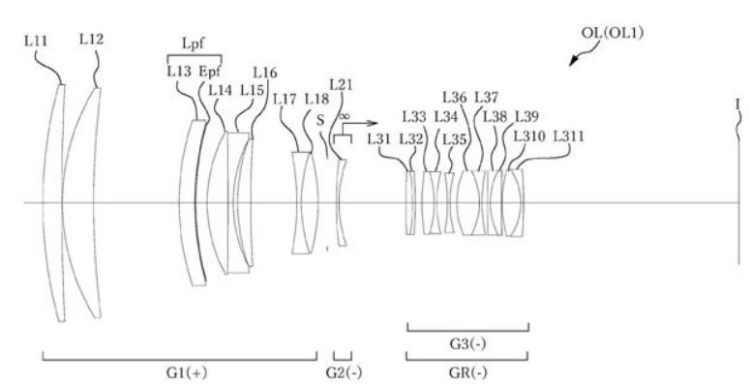
- Example 1 (600mm F5.6 PF)
Focal length 585.0002
F number 5.7100
Half angle of view 2.10557
Image height 21.6
Overall length 309.4549
Back focus 95.6894
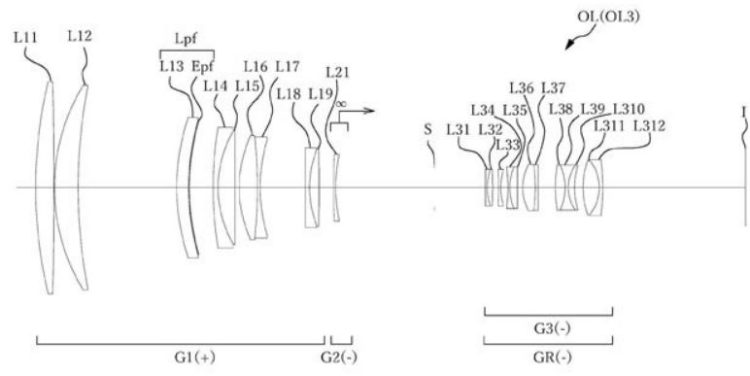
- Example 5 (800mm F6.3 PF)
Focal length 779.93334
F number 6.4201
Half angle of view 1.56305
Image height 21.6
Overall length 393.4548
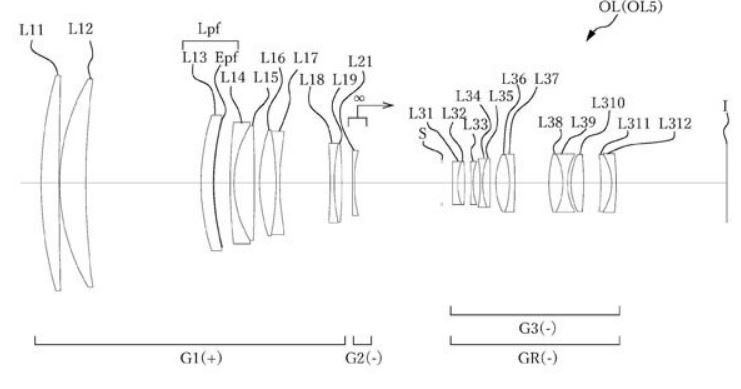
And yes our latest buying guide Best Camera under the $1000 2023 list.
Follow us on our social pages FACEBOOK | TWITTER | INSTAGRAM to get live news + Nikon Rumors 24X7
source digicameinformation
By admin, on February 14th, 2023
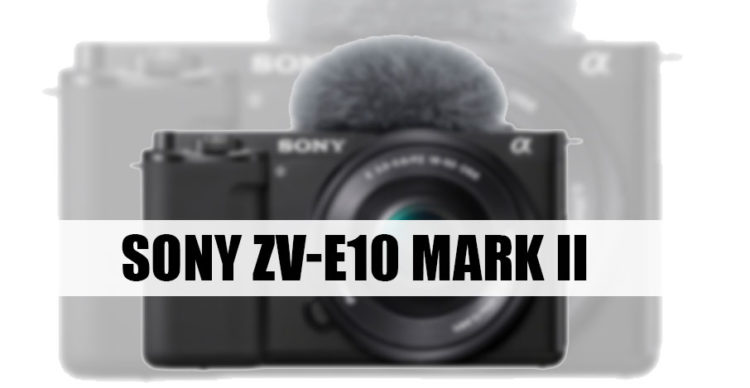
According to the latest rumors that surfaced over the web, The camera will have significant updates in the video core specs, including 4k 60fps video capability and a Sensor-Shift Image Stabilization system, with an updated interface.
Update 25 June 2023 – Sony ZV-E10
Based on the latest trend, the Peak-time selling period of the Sony ZV-E10 camera isn’t over yet. It is so popular in the market right now in Japan that it covers more than 48% of Sony’s total Alpha camera sales, according to the latest report.
Until and unless the peak period of the Sony ZV-E10 camera is over, Sony will not put out a new model to replace the ZV-E10, which is already being sold in very large quantities and is one of the most popular cameras in the market.
Now, the expected time frame for the arrival of the ZV-E10 Mark II camera successor is somewhere around Q1-Q2 of 2024
Follow us on our social pages FACEBOOK | TWITTER | INSTAGRAM, If you have time –>see more Sony Alpha Rumor
By admin, on February 6th, 2023
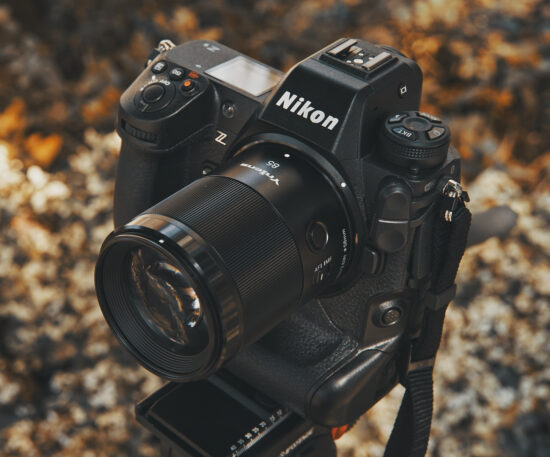
According to the latest rumors we have, Nikon has implemented some sort of partial restriction on its Z-mount Lenses, requiring third-party lens manufacturers to abide by specific guidelines if they wish to create lenses for the Latest Nikon Mirrorless cameras. Now, let’s have a look at what are those guidelines or the rules that the Third-party lens makers should follow while making the lenses for the Nikon Z-Mount cameras,
- The Most important rule that every thrid party lens maker should follow, is lens makers are prohibited from making up lenses with the same focal length, that already exist in the Nikon Z-mount or even in Nikon’s future roadmap. This move has been executed by Nikon with the intention of safeguarding the sales of its native Z-mount lenses. For example, a third-party brand such as Tamron can produce lenses with a focal length of 28-75mm F2.8 (we already have it as a re-branded lens) or 35-150mm F2-F2.8, but they are not authorized to sell lenses with a focal length of 24-70mm F4, which is already offered by Nikon. So, this rule is limited to AF (AutoFocus Lenses)
- If You make Manual Focus Lenses for Nikon Z-Mount cameras, then there are no issues and no rules for the third-party lens makers. You can make lenses of any focal length possible.
Do you think Canon should follow the same policy? If yes then let us know via comments
And yes our latest buying guide Best Camera under the $1000 2023 list.
Follow us on our social pages FACEBOOK | TWITTER | INSTAGRAM to get live news + Nikon Rumors 24X7
Source NR.com
By admin, on January 31st, 2023
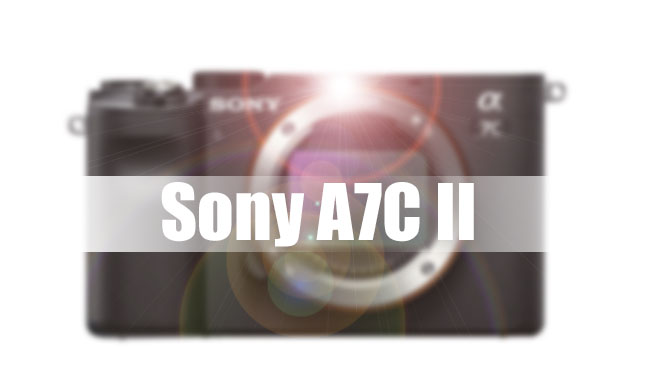
According to the latest rumors, The Sony A7C Mark II camera is coming with the same 33MP full-frame Exmor R CMOS BSI sensor and the same IBIS unit, that we have seen in the Sony A74 camera. But, the EVF is expected to remain the same as the Sony A7C Camera.
Take a look at what the source said to the rumor mill
We can expect A7C II next year. Sony already reserved some components from A7IV for “another camera” including for example sensor and IBIS. Also they scheduled increased production ONLY for EVF from A7C mk1 for this year. So we are expecting A7C II same specs as A7IV, redesigned shell but same EVF like mk1.
On Nov 26th, 2022 in one of our articles published [Sony upcoming cameras of 2023] we told back then the Sony A7C Mark II camera will arrive in Q3 / Q4 of 2023 with the same sensor that we have seen in Sony A74. Now, we are getting the same confirmation from other rumor mills too.
Latest Sony A7C Mark II – Rumor Analysis
Is the rumored information correct or not? Yes, we do know based on the scheduled announcement patterns of these Mirrorless makers, there is a high probability that we will see the Sony A7C Mark II camera in the year 2023 and we have said the same in our previous post too.
But the big question is, as the source said the Sony A7C Mark II will use the same sensor and IBIS unit as the Sony A7 IV camera,
1. Sony 33MP Full-Frame Exmor R CMOS BSI Sensor in A7C Mark II
Let’s talk about 33MP Sensor only – The source speculates that the A7C Mark II will feature the same sensor as the A7 IV, which is a strong possibility given that it’s already been 10+ months since the A7 IV was released, and as the market competition is begin raised up and competitors like Panasonic S5 Mark II | S5X arrived, they have no other option then to make an affordable Sony A74 mark IV curry for Cinematographers and content creators if they want to survive in $2000 body price range of cameras (against Pannsonic S5 II), As you know the Sony A7 C Mark I look drastically weak in front of S5 Mark II and yes, the Sony FX30 is a good option for beginner cinematographers but it features an APS-C CMOS sensor, the A7C Mark II will be a perfect competitor of Panasonic S5 Mark II if they upscale the video core specs (Like 4k 60p uncropped) and remove the overheating issue from the camera.
Not only that, the A7C Mark II is expected to have a more content creators-friendly body design, to make it more user-friendly undoubtedly we will see some sacrifice in the controls or EVF part compared to the A74. So, the Sony A7 IV camera will remain safe in its place if someone wants a super perfect Hybrid Camera more for photography and a bit less for dedicated video work A7 IV is still the perfect option for them, but at the same time the Sony A7C Mark II will not only attract a new consumer base, but it will also stop the migration of Sony users to a different brand like Panasonic or Canon.
2. Same or Redesigned Sony A7 IV IBIS Unit inside A7C Mark II Body?
Ok, the sensor part is perfect, but how is it possible, the upcoming Sony A7C Mark II will use the same IBIS unit as the Sony A7 IV camera ?.take a look at what dpreview said about the Sony A7C camera
Sony has redesigned its in-body stabilization system to fit into a much smaller body than before
Is the rumor mill source really correct with the set of information he shared with us? Since, if Sony uses the same IBIS Sensor mechanism of the Sony A74 IV camera in Sony A7C Mark II Body, the camera will lose its Truly compact form factor, will Sony camera division marketing team allow this to happen?. Yes, they can use a Redesigned version of the Sony A7 Mark IV IBIS unit to easily fit inside the Sony A7C Mark II body and the camera retains its compact form factor.
And yes, finally the EVF, the camera is made for cinematographers, content creators, and videographers so having a high-quality EVF isn’t that important in the upcoming Sony A7C Mark II camera. So, yes the Sony A7C Mark II may arrive with the same 2.36m-Dot OLED Electronic Viewfinder.
Updated Rumored Cores specification of Sony A7C Mark II based on latest rumors
Sony A7C Mark II Rumored Specification
- 33MP Full-Frame Exmor R CMOS Sensor
- BIONZ XR & AI Processing Unit
- Up to 10 fps Shooting, ISO 100-51200
- 4K 60p Video in 10-Bit, S-Cinetone
- 2.36m-Dot EVF
- 3″ 1.03m-Dot Vari-Angle Touchscreen LCD
- 759-Pt. Fast Hybrid AF, Real-time Eye AF
- Focus Breathing Compensation
- 5-Axis SteadyShot Image Stabilization
- Creative Looks and Soft Skin Effect
- 4K 15p UVC/UAC Streaming via USB Type-C
Follow us on our social pages FACEBOOK | TWITTER | INSTAGRAM, If you have time –>see more Sony Alpha Rumor
source – Sonyalpharumor website
|
KEEP THIS BLOG ALIVE - Support New Camera Buy Canon Lenses, Buy Music CD or Digital Camera at amazon it helps this site, and you do not pay anything extra, it is just a way to help support this site.

|
















